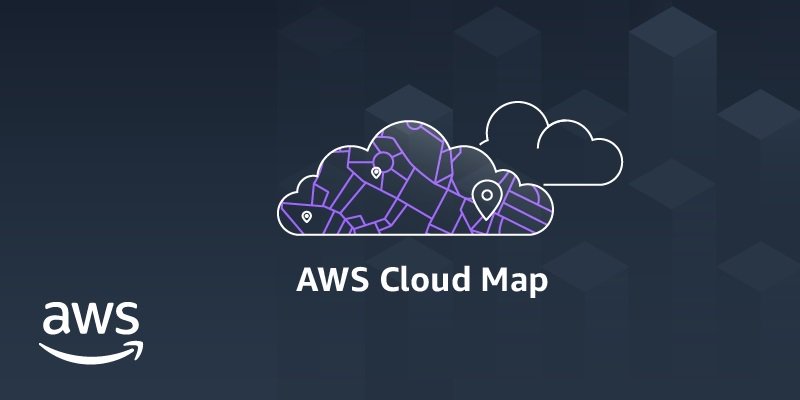Simplifying AWS Cloud Map Implementation: A Step-by-Step Guide
 Sumit Mondal
Sumit Mondal
Introduction:
In the ever-evolving landscape of cloud computing, AWS Cloud Map stands out as a powerful service that simplifies the management of dynamic cloud resources. Whether you're dealing with microservices, containers, or traditional applications, AWS Cloud Map allows you to effortlessly discover and connect to services within your AWS environment. In this blog post, we'll walk you through the easy and simple process of implementing AWS Cloud Map.
Step 1: Understanding AWS Cloud Map
AWS Cloud Map is a service discovery service that helps you manage the dynamic nature of cloud-based resources. It enables applications to locate and connect to services by providing a highly available and scalable service registry. With AWS Cloud Map, you can easily discover services within your AWS infrastructure, making it an essential tool for building and maintaining modern, distributed applications.
Step 2: Setting Up Your AWS Account
Before diving into AWS Cloud Map, ensure you have an AWS account. If you don't have one, you can create it by visiting the AWS website (https://aws.amazon.com/). Once your account is ready, access the AWS Management Console.
Step 3: Navigating to AWS Cloud Map
In the AWS Management Console, locate the AWS Cloud Map service. You can either use the search bar or find it under the "Networking & Content Delivery" section. Click on AWS Cloud Map to open the service dashboard.
Step 4: Creating a Namespace
Namespaces in AWS Cloud Map provide a logical grouping of services. To get started, click on the "Create Namespace" button. Enter a name for your namespace, such as "MyAppNamespace," and provide a description if needed. Click on "Create Namespace" to proceed.
Step 5: Registering a Service
Now that you have a namespace, it's time to register a service within it. Click on the namespace you just created and then select "Register Service." Fill in the details, including the service name, ID, and any custom attributes. This information will help other services discover and connect to your registered service.
Step 6: Discovering Services
With services registered, you can easily discover them within your AWS environment. AWS Cloud Map provides APIs and SDKs for various programming languages, allowing your applications to dynamically discover services by querying the service registry.
Step 7: Updating and Deleting Services
As your infrastructure evolves, you might need to update or remove services. AWS Cloud Map makes it simple to manage your service registry. You can easily update service attributes or delete services that are no longer needed, ensuring your application remains seamlessly connected.
Conclusion:
Implementing AWS Cloud Map in AWS is a straightforward process that enhances the dynamic nature of modern cloud-based applications. By following these simple steps, you can create namespaces, register services, and enable dynamic service discovery within your AWS environment. AWS Cloud Map empowers you to build scalable and resilient applications, providing a seamless experience for both developers and end-users alike. As you embark on your cloud journey, embrace the power of AWS Cloud Map to simplify service management and enhance the agility of your applications.
Subscribe to my newsletter
Read articles from Sumit Mondal directly inside your inbox. Subscribe to the newsletter, and don't miss out.
Written by

Sumit Mondal
Sumit Mondal
Hello Hashnode Community! I'm Sumit Mondal, your friendly neighborhood DevOps Engineer on a mission to elevate the world of software development and operations! Join me on Hashnode, and let's code, deploy, and innovate our way to success! Together, we'll shape the future of DevOps one commit at a time. #DevOps #Automation #ContinuousDelivery #HashnodeHero